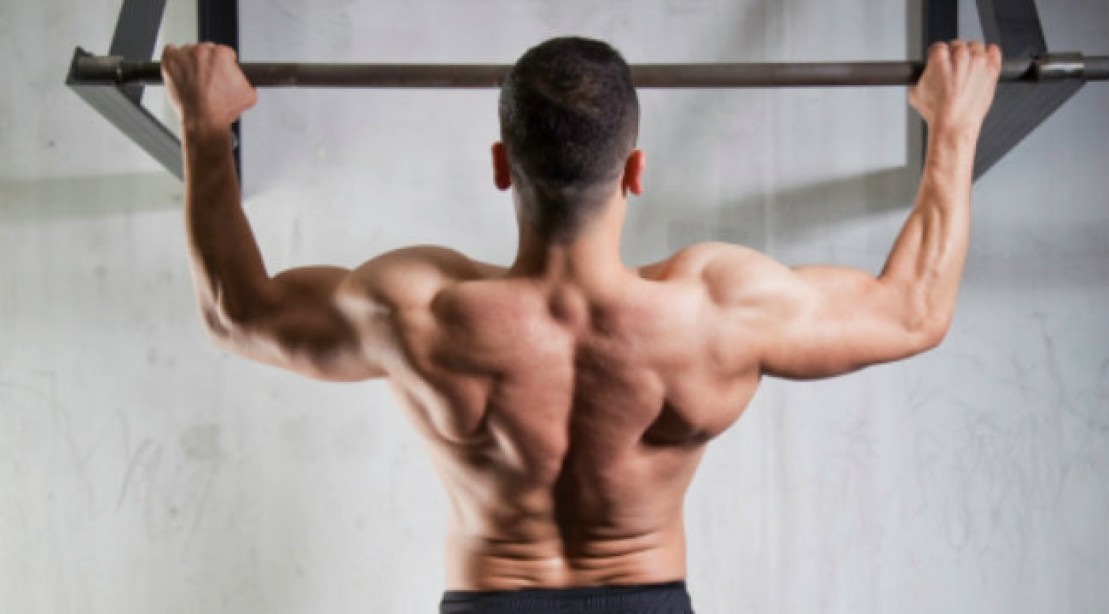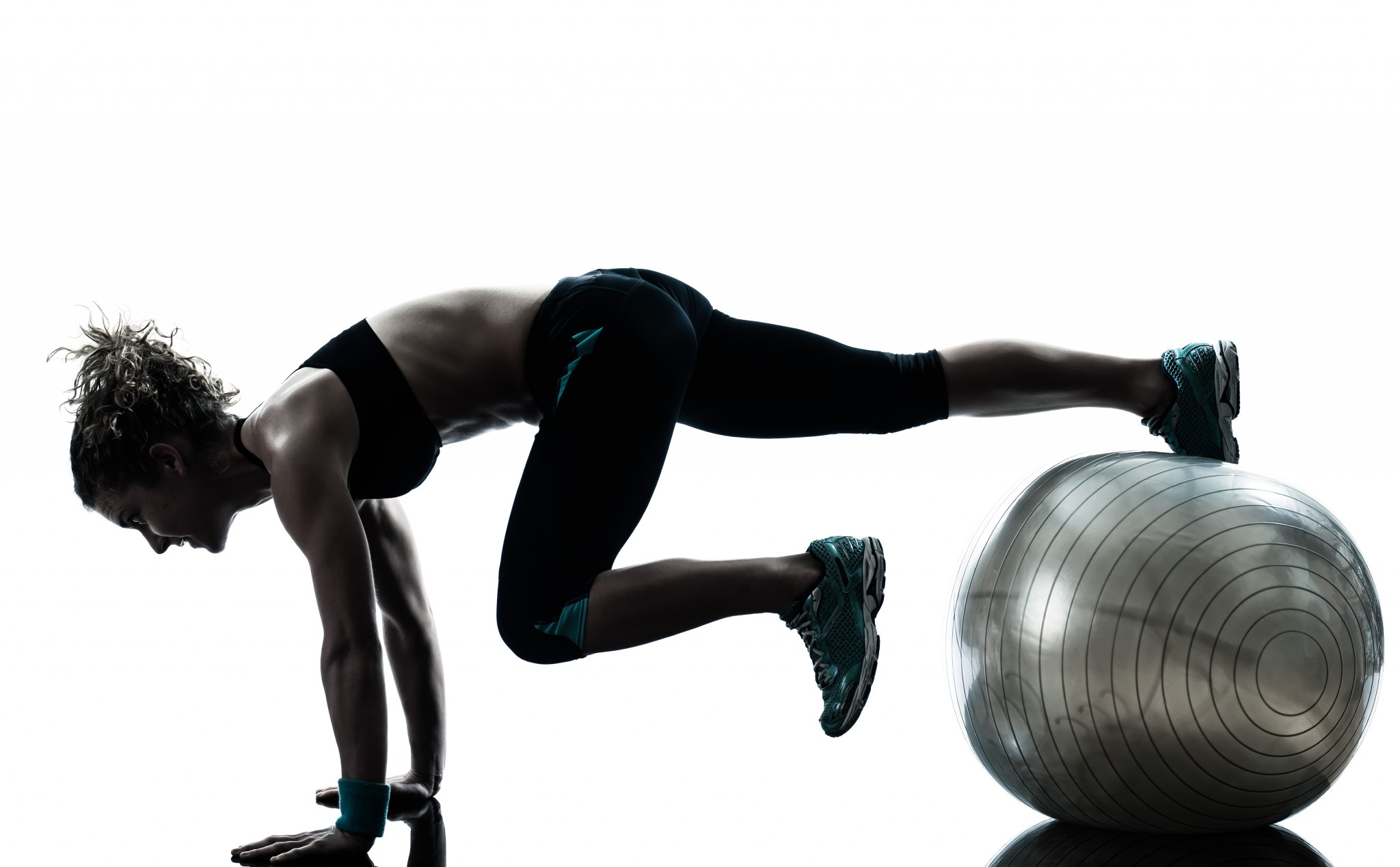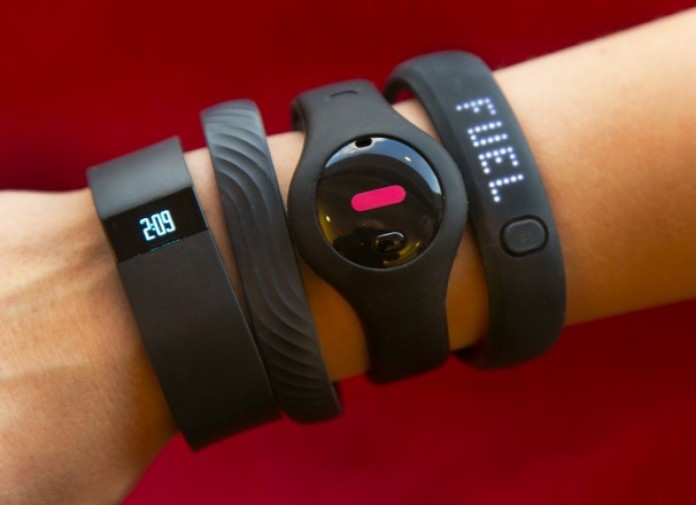What’s the top fitness trends of 2016? You probably scanned through a Buzzfeed article about it because it was trending on Facebook during New Year. High Intensity Interval Training, Barre, TRX… They all sound so distinctly irrelevant to a distance runner.
We want to resist fatigue. High intensive training that requires short bursts of energy isn’t going to help us. We want strong feet. Being in the weights room and suspended with our feets up doesn’t sound too smart a training. We get it.
Let us strip down the fitness trend to what’s actually important for us to become better runners instead.
#1 Wearable Technology
Those watches that monitor your sleep patterns, heart rate and activity count are popular these days. What’s more important for runners is a heart rate monitor that would let you know which heart rate zone you’re working at. When the training program says low intensity (about 50-70% of your maximum heart rate), your wearable device would let you know whether you’re really hitting the right intensity. Here’s all you need to know about them.
#2 Bodyweight Training

These forms of exercises are good for runners to work their core strength. Why core? Because the support your natural back arch, prevent lower back pain (super common among runners) and protect your spine during spinal rotations. They’re like the anchor to many other muscle action in your body. Start adding some isometric (static) exercises such as planks and leg raises into your training. Hold there for 30s to a minute. Once you feel yourself getting stronger, progress onto more advanced exercises such as V-ups and toe touches. That’s how you increase the difficulty of your workout with bodyweight.
#3 Strength Training
There’s a wealth of benefits to picking up those weights. Runners tend to neglect their upper body and back strength. When you’re doing a distance run, your body needs to remain upright for as long as you are running. Otherwise, you could end up with lower back ache and imbalance hips. That’s why it’s important to maintain good posture when you run. Begin with light weights (about 50% of your 1 rep max) and do 12-15 repetitions of them. If you’re new to strength training, working with a machine would help align your body in a single axis and prevent muscular imbalances or injuries.
#4 Functional Fitness

Essentially refers to exercise training that focuses on improving balance and ease of daily living. Just because you can run a 42km sub-3 hours or bench press twice your bodyweight does not mean that you can go about your day to day lives safely. Functional fitness focuses on multi-planar, full body exercises because they most realistically mimic daily lives. Exercises such as multi-planar step ups and lunges are good for warming up your muscles, as well as opening up your hips. This is especially helpful in preparing your legs for running along hills and curved roads.
#5 Yoga
Habitual runners tend to focus only on running, which is a repetitive motion sport. This can result in tight muscles and stiff joints. These limit your range of motion and can cause muscle imbalances, which makes you prone to injury. Yoga has numerous benefits for runners specifically. It has a lot of stretching moves, which helps lengthen your muscles and open up your range of motion. The nature of Yoga also emphasizes on steadying your breathing and balance. When you land on your feet, there’s a lot of joint flexibility and balance required in supporting your entire body weight. Yoga helps in maintaining proper biomechanics, which also keeps you safe while running.
Good runners run often, but great runners are engaged in a whole plethora of other activities to strengthen themselves so that they may stay safe during their races. So don’t ignore these fitness trends!


